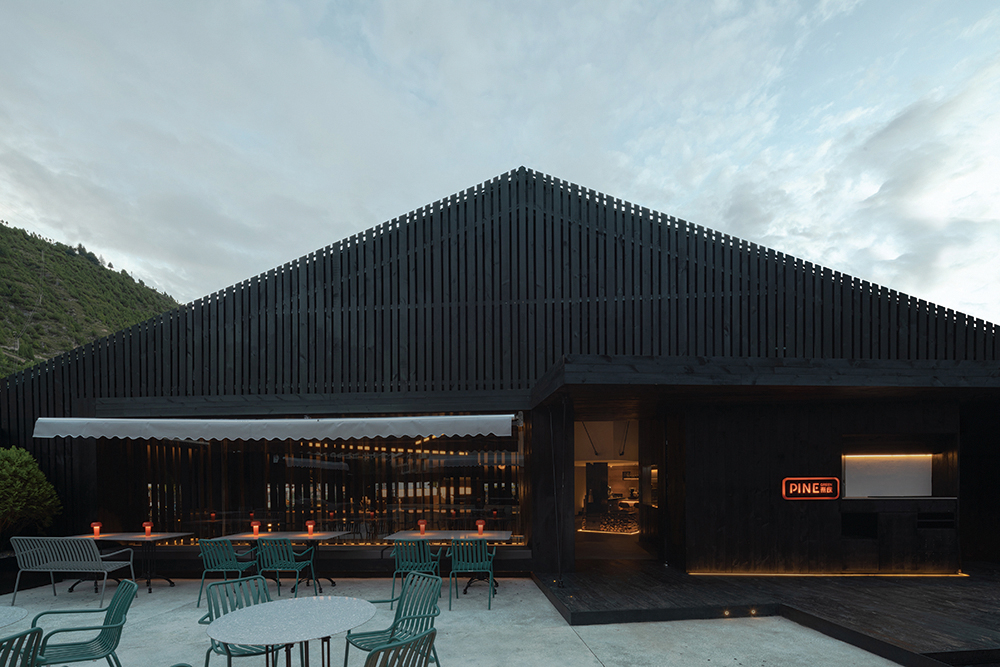
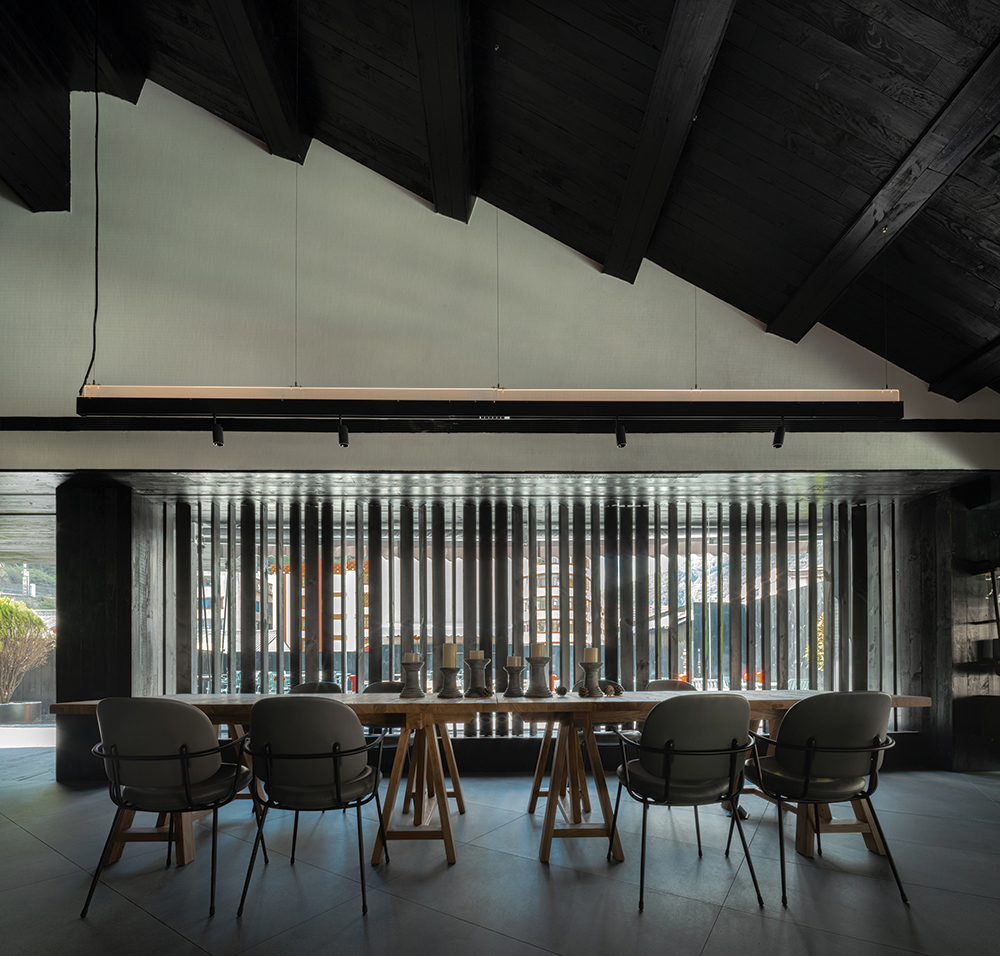
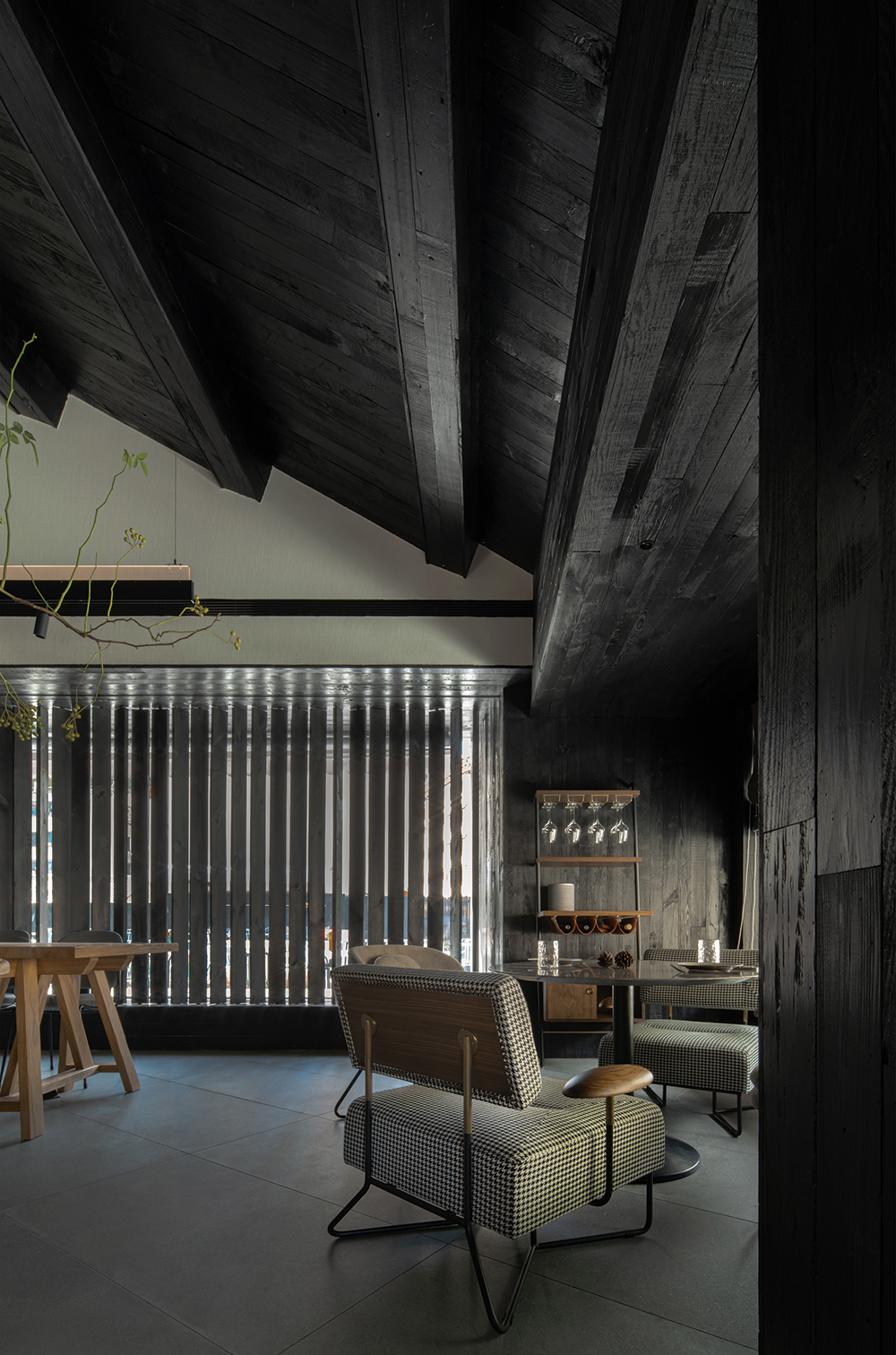
A love song of Kangding pushes the town to the world, and the whole world came to the city. When a large number of people reside here, it is doomed that cultural blending will produce new fermentation here. Under the traction of the great era, the impact of foreign business is like a wave, and the market is covered step by step from the first line to the N line. Increasing the need for food, clothing, and shelter is often the first step to thinking and behavior change.
In fact, starting from “HIYA CAFE”, it seems that we began to understand why he insisted on creating a local commercial brand; this is not just a successful business model, but more of a cultural guardian of the homeland. “Highland barley”, a kind of highland crops, and PINE is a deeper expression on this basis — evergreen tree. As a comprehensive business combining Tibetan/western food, coffee, baking and craft wine, I think this is also a kind of expectation and sustenance for cultural inheritance.
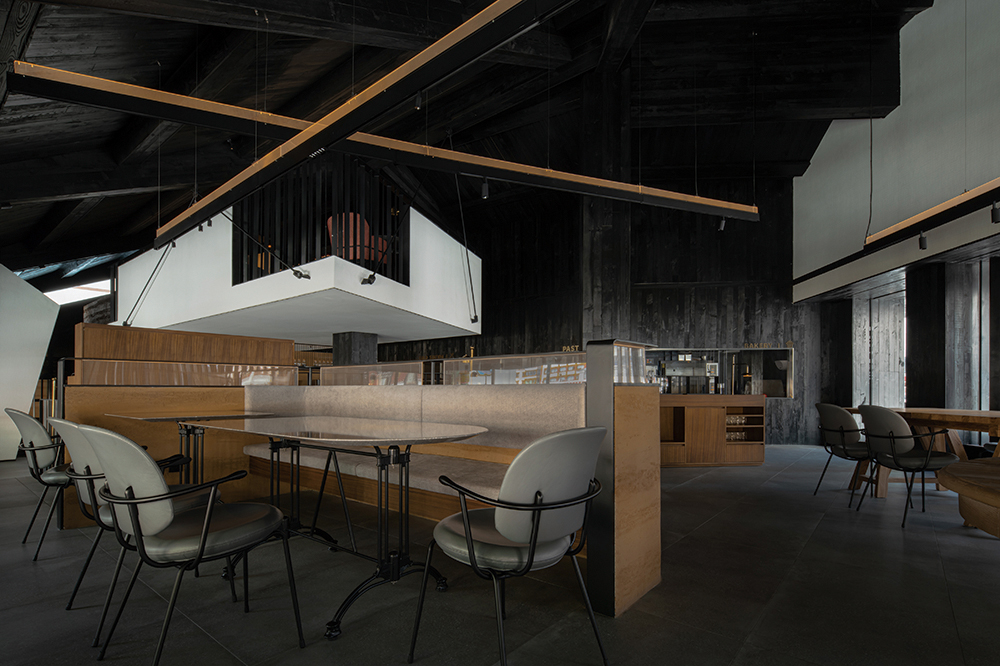
If HIYA CAFE is about nomadic yearning, PINE must be the return of farming civilization. The relationship between life and land has always been inseparable. One side of the land and water, this side, is the wind, the fire, the soil, the wood, this is the worship of nature by people in Tibet, not related to religion, but the original belief of life. Therefore, starting from the brand, we refined the elements of wind and fire and soil and wood and integrated them with the unique totem culture of the Tibetan, forming the cultural logic keynote of the whole brand vision.
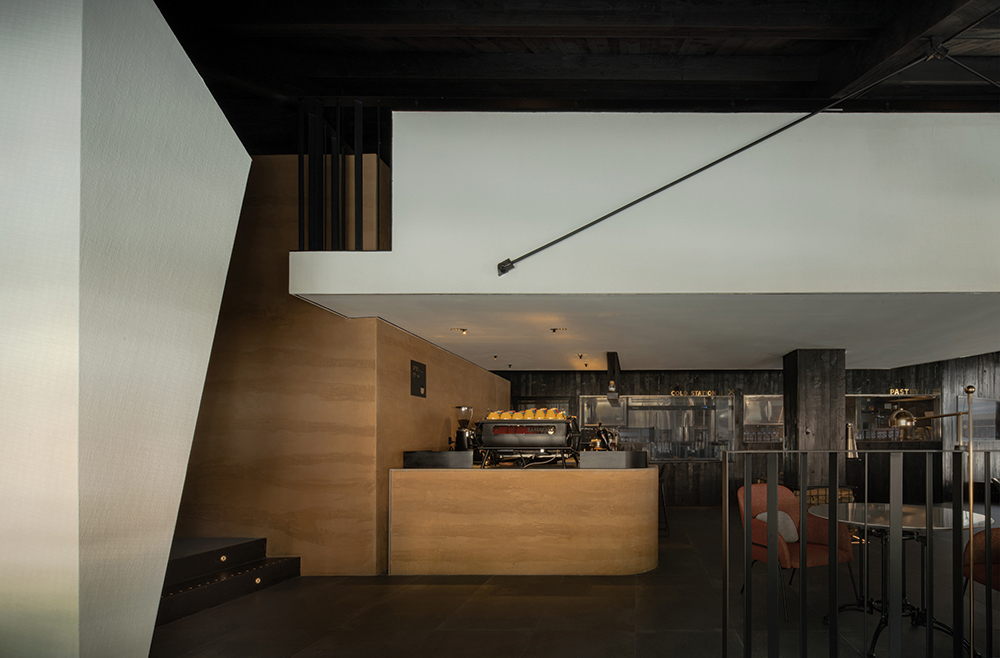
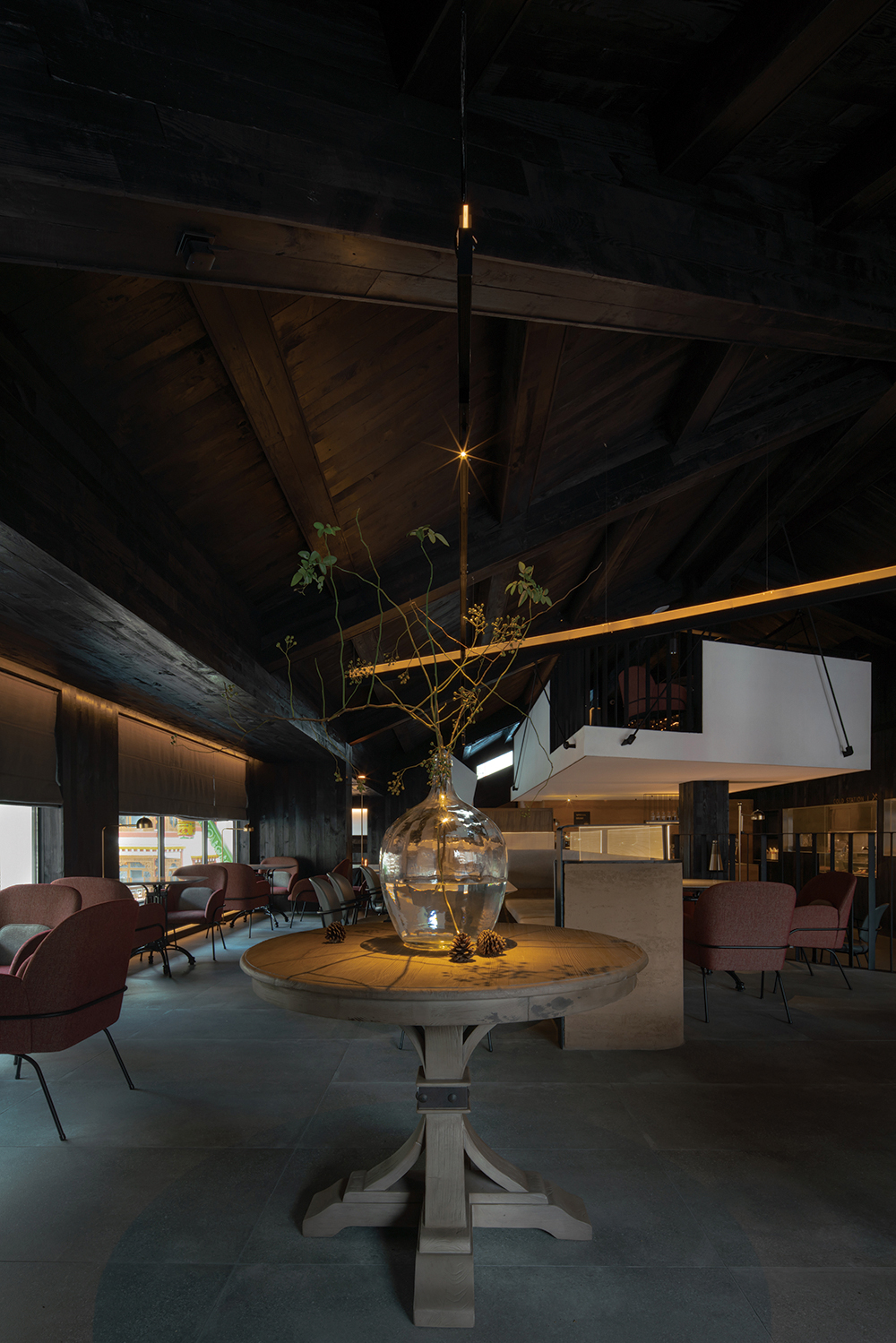
The original building goes up and down like this small town. Whether it is sunken or elevated, it creates a basic level and progressive relationship of space, and forms the unique perception characteristics of each region. We let the brand logic naturally be derived from the entire spatial layout, representing the outdoor area of the land, front area with fireplace as the core, and the mezzanine space carrying the “Wind Horse post office” and the back area representing the wood system.
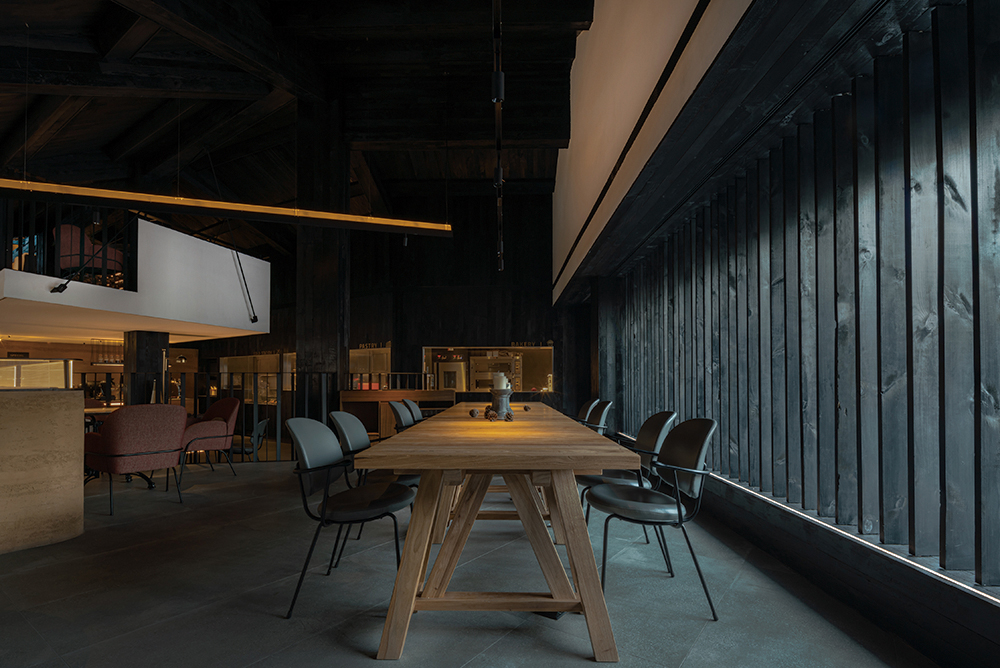
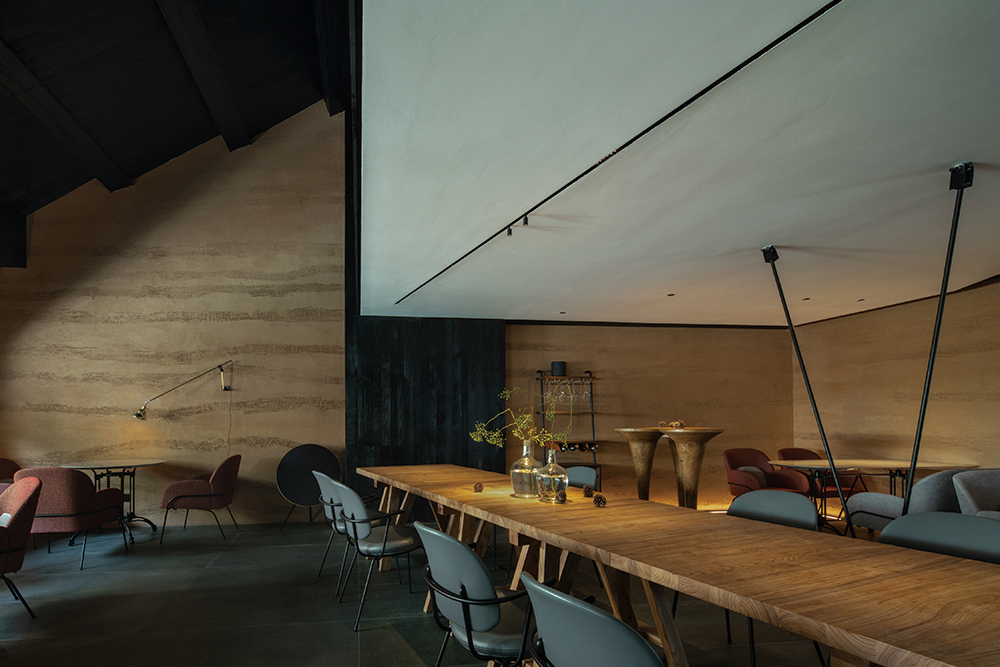
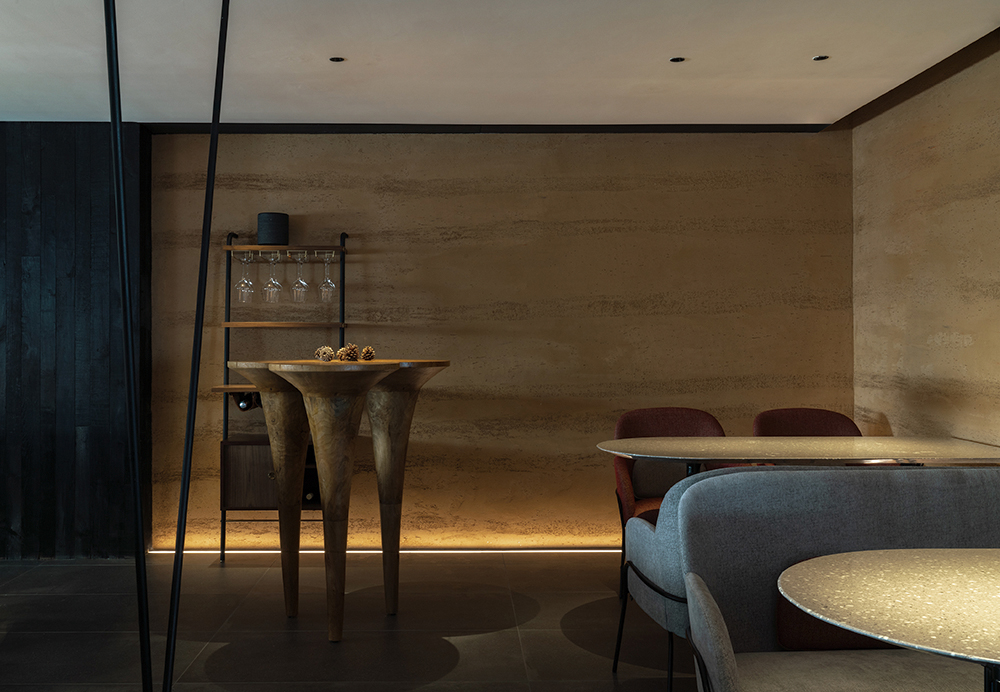
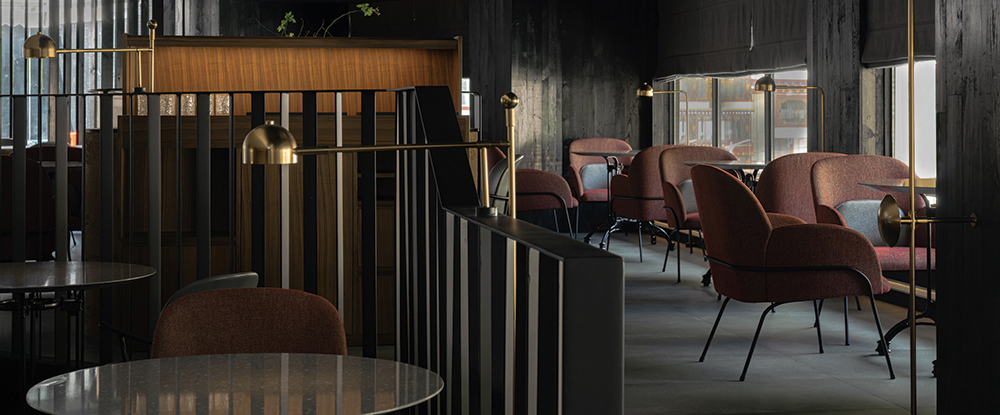
If the construction of the space is the skeleton, then the use of the material is the skin; the carbonized black wood, the clay of the Tibetan land, the wall of the cloth, the grille of the cast iron, and the moderate skylight opening form a unique The feeling of space; the construction of space and the material divide the relationship between light and dark, with the change of time and season, the formation of different light and shadow effects;all of these seem to take people away from the real society, which is hard to distinguish between the real and the virtual. If it is a pilgrimage place, it all seems to have reached our impressions; but as a place of consumption, it seems too cold and rational; so we use the color system extracted from VI as much as possible. The Tibetan Lama Red is matched with the medium gray, under the mapping of the whole lighting system, the whole space will become more vivid, thus more temperature. Like a sudden rise in the mountains when heavy snow, in the glow of nature and fireworks, I listened to the wind and snow, feeling the leaves are silent, and one side of the world, boiled tea and warm wine, do not ask the world.
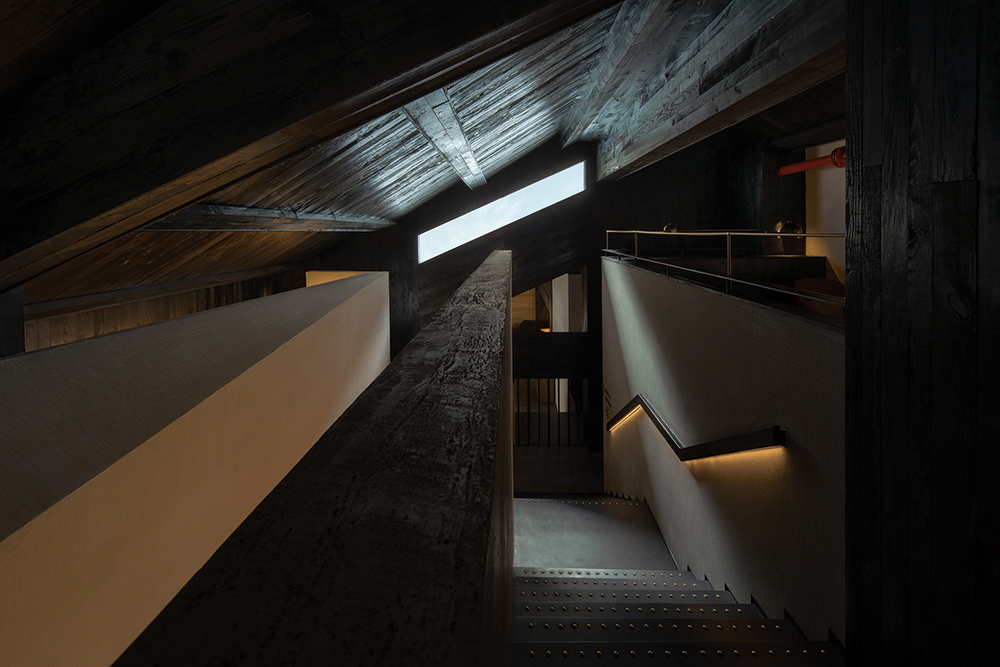
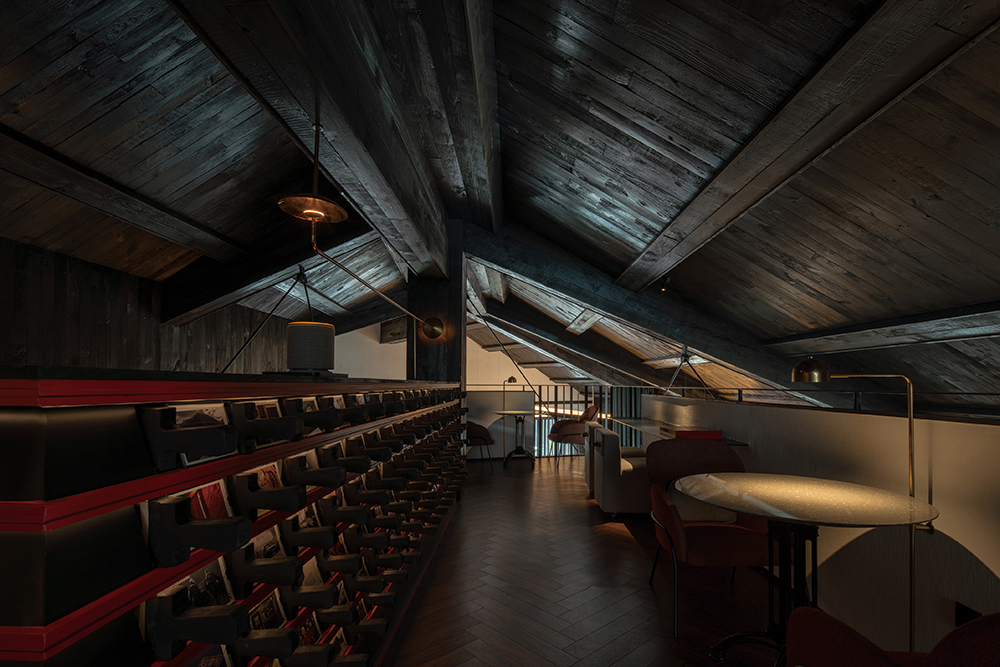
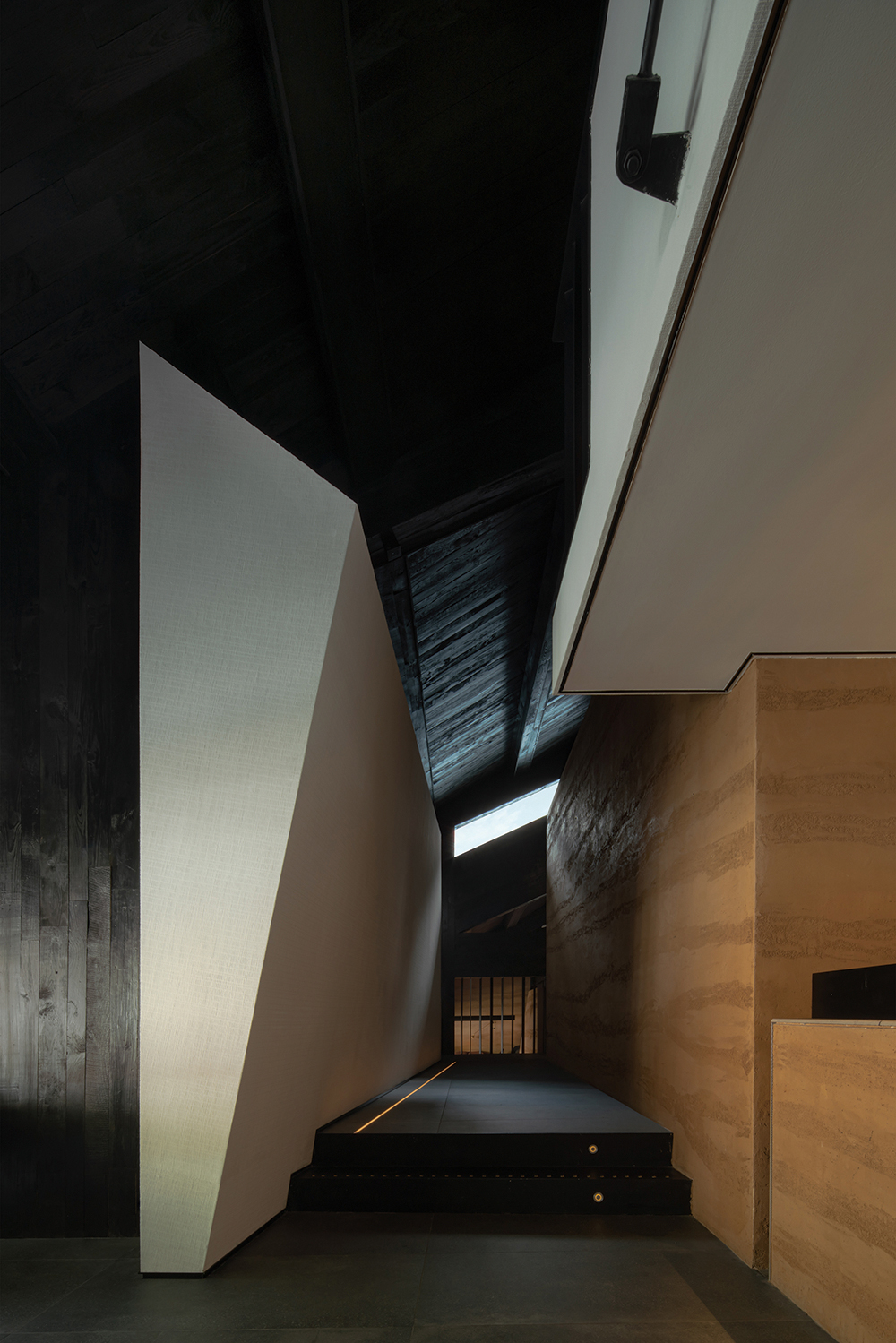
How to explore the relationship between region and architecture, architecture and people? We always believe that the architectural space is the result of humanity’s exploration after the emergence of thinking in the region; and a firm idealist is to create one by one for you to see, fortunately, PINE is like this, we are also. 2019 is the fourth year of PINE’s existence in kangding and the first year of reconstruction after self-denial. We believe this is the dream of a watchman who keeps on going and never stops.
한상록
저작권자 ⓒ Deco Journal 무단전재 및 재배포 금지








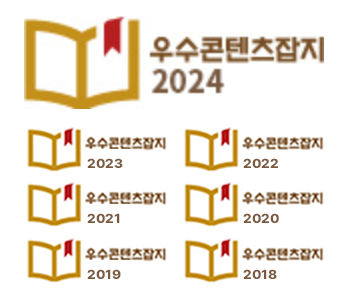


0개의 댓글
댓글 정렬